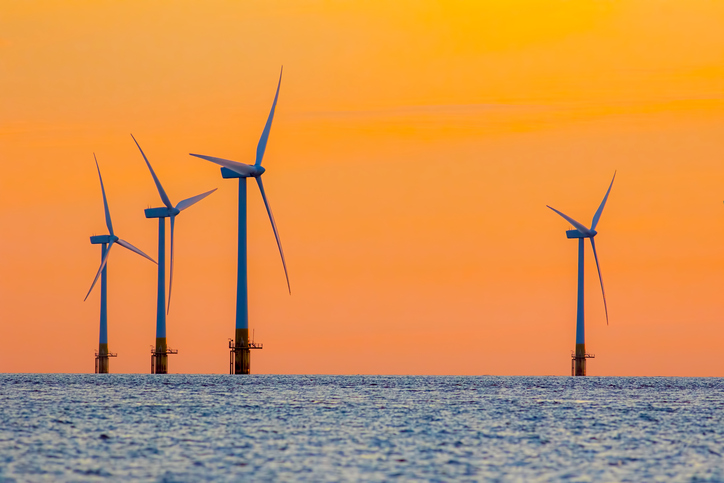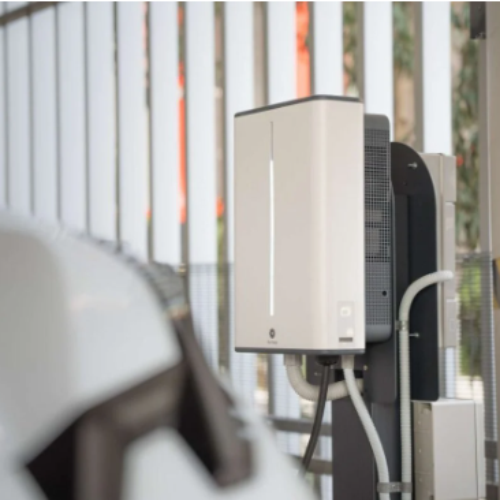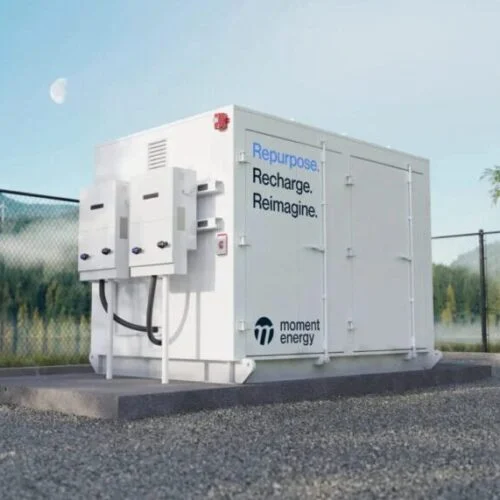Balancing component obsolescence with the potential of turbine repowering is a key consideration when maximising the potential of wind power.
This was one of the core takeaways voiced by panelists at the first day of the Wind Power Finance & Investment Summit 2022, hosted by Current±’s publisher Solar Media.
“I think the other thing we need to be mindful of is obsolescence” said Karen Anne Hutton, head of powering & life extension at Renewable Energy Systems (RES) Group when discussing life limiting factors in wind turbines.
Turbine manufacturers have inevitably responded to increasing demand from the renewable industry by investing in more advanced, “bigger technologies”, explained Hatton, which has meant that obtaining parts for some of the older machines has become more challenging.
Hatton described that, as an industry, wind has “adapted” and begun refurbishing and repairing parts for wind turbines and analysing improvements to upgrade the infrastructure to try and avoid the obsolescence point.
Clare MacGregor, head of valuation and analytics at Low Carbon, voiced another major component in consideration of obsolescence – cost over lifetime. If component obsolescence isn’t included in the budget or cache it can result in a “real strain” on future development. Therefore, MacGregor continued, it is crucial for obsolescence to be properly accounted for in company business cases as well as budgets.
“A lot is going to depend on what kind of turbines you have to begin with” added VP, head of technical asset management at Starkraft, Sergio Castedo.
There is greater component security when opting for popular models of wind turbine due to larger numbers of third party suppliers. This means that if the supplier disbands and the original design drawings are no longer available, the company can turn to organisations such as the RES group to provide the necessary components. Therefore, when choosing models, understanding their “underlying structural status” is an important consideration, concluded Castedo.
Other points discussed to prevent obsolescence included regular maintenance and ensuring lifecycle plans for wind turbines remain dynamic by being continually reviewed and adapted.
As mature renewable energy assets become increasingly common, the potential of repowering sites is becoming a focus for many asset managers. For example, Octopus Energy announced in August that it is looking to lower bills by adding capacity to around a tenth of the UK’s onshore wind turbines through a repowering programme thanks to a new partnership with turbine manufacturer EWT.






